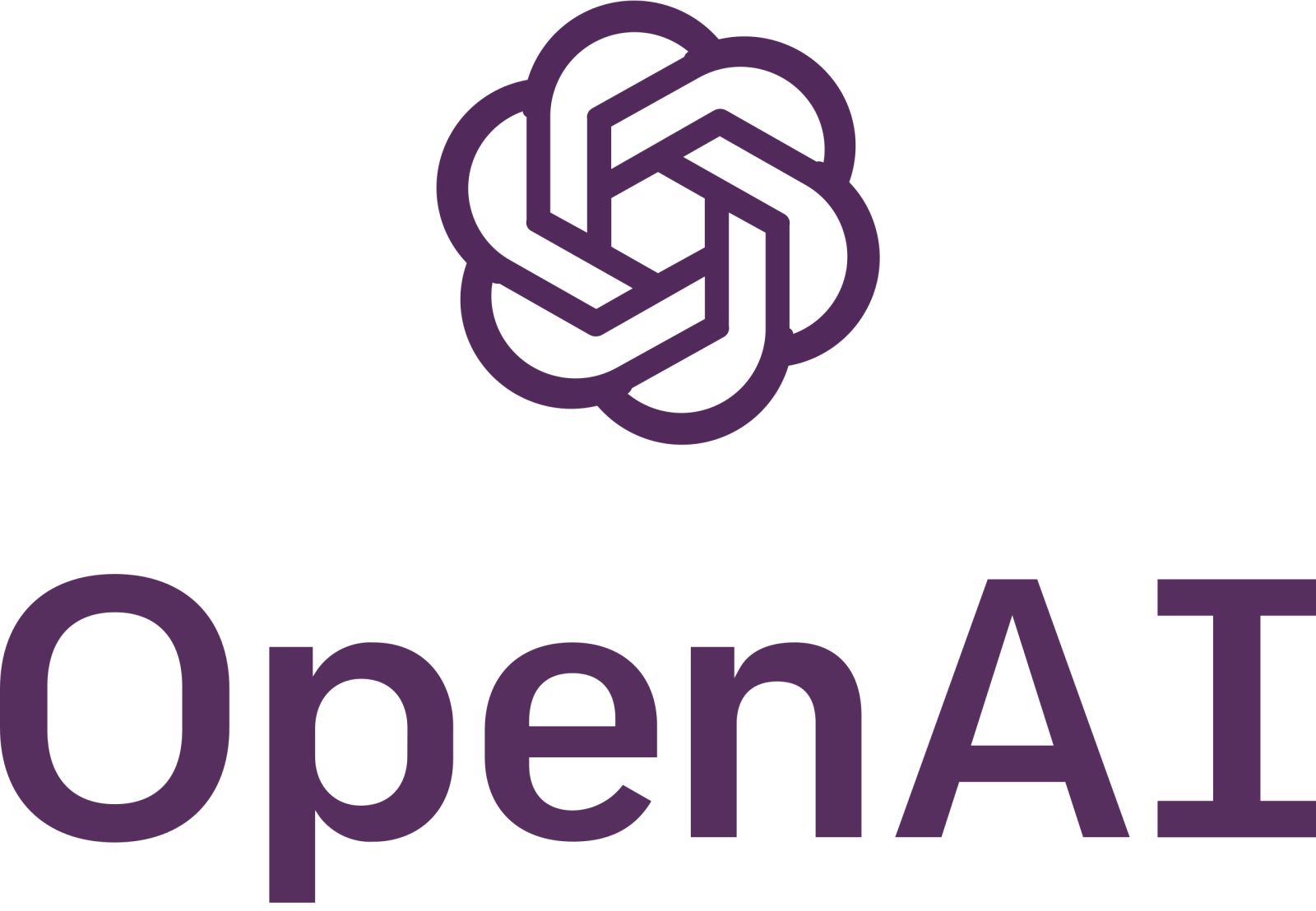Introduction
OpenAI data center India refers to plans for a large-scale facility of at least 1 gigawatt capacity; the move affects infrastructure, data residency and local AI capabilities
Quick definition
An OpenAI data center in India would host large models and ChatGPT services close to Indian users
Context
OpenAI is expanding its Stargate infrastructure with major builds in the US and is exploring international sites. In India the company is scouting local partners for a site of 1 gigawatt or more, potentially one of the country's largest; this unfolds amid rising trade tensions between Washington and New Delhi
OpenAI data center India: what it means
Such a facility would enable lower-latency AI services, compliance with data-residency expectations and tailored offerings for Indian customers
The problem / Challenges
Key challenges include sourcing sustainable power, ensuring data security and legal compliance, and navigating geopolitical and trade frictions that can affect timelines and costs
Solution / Approach
OpenAI appears to favor local partnerships to share investment and risk, plus strategies like renewable energy integration and contractual measures for data residency to reduce exposure
Practical impact
For India’s tech ecosystem the project could bring increased local cloud capacity, new opportunities for AI developers and enhanced control over data; for OpenAI it provides scale and reduced dependence on cross-border transfers
Risks and limits
Public information is incomplete: site and schedule are not confirmed. Economic and geopolitical outcomes depend on government negotiations and partner agreements
Conclusion
The OpenAI data center India proposal marks a notable infrastructure move for global AI, offering benefits in latency and data governance while requiring careful management of energy, regulation and international relations
FAQ
Short answers to common questions about the proposed OpenAI data center in India
1. How large would the OpenAI data center in India be?
Available reports indicate a target of at least 1 gigawatt of capacity, placing it among large industrial facilities.
2. Why is OpenAI pursuing a data center in India?
To improve latency for users, meet data residency requirements and offer customized AI services locally.
3. Does a local data center solve data sovereignty issues?
A local facility reduces cross-border transfers, but legal arrangements and governance determine actual sovereignty gains.
4. What political risks could affect the project?
Trade tensions, tariffs and diplomatic dynamics between the US and India can alter timelines, costs and terms.
5. What benefits for Indian AI companies?
More local capacity can lower barriers for AI startups, enable specialized AI deployments and stimulate the cloud services market.
6. Is there a confirmed timeline for construction?
No confirmed timeline is publicly available; plans may align with high-level visits but remain subject to change.
